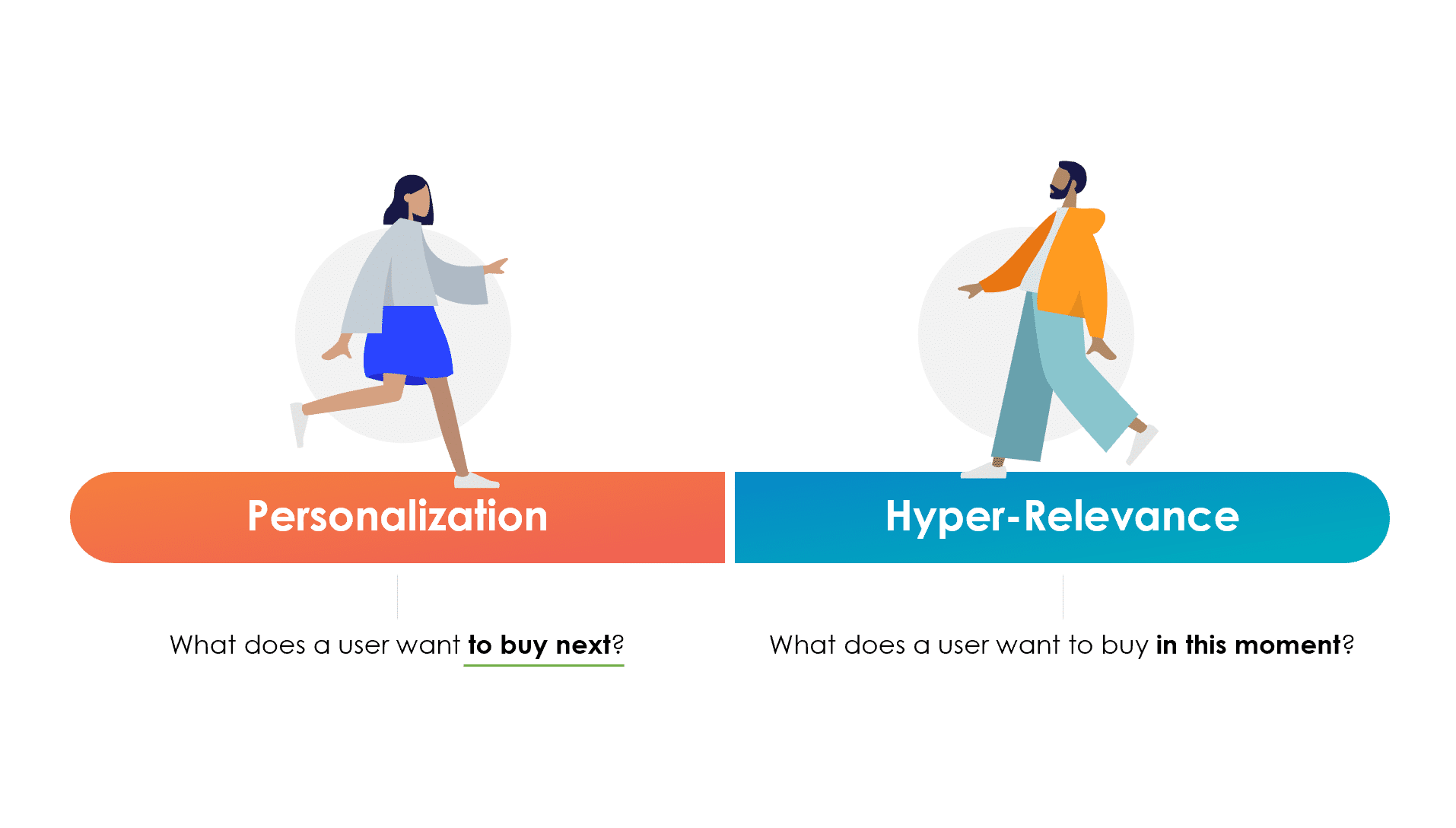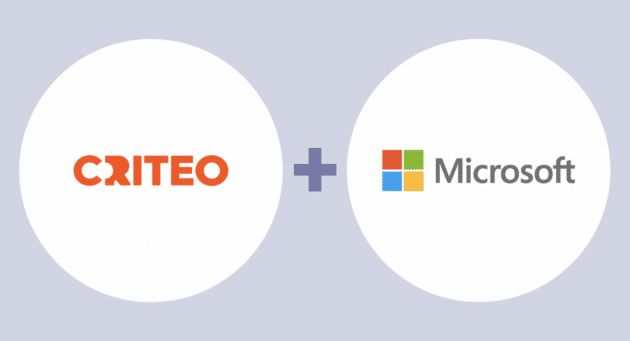Marketers work day in, day out to get the right products in front of consumers at the moment they’re most likely to buy. The advancement of artificial intelligence in advertising has made it easier to achieve this. Now personalization isn’t just a perk—it’s a requirement from the perspective of marketers and their customers.
With the help of AI, product recommendation advertising has gone through a transformation and now plays a vital role in the purchase journey.
Machine learning algorithms can process huge, constantly changing historical data sets and predict the products a user wants to see next. Ideally, there will be far fewer ads that follow a user around the internet showing a product they don’t want to purchase.
But what if we told you today’s personalized product recommendation advertising is just the beginning—that we can push artificial intelligence further to create advertising that is hyper relevant, contextual, and has more influence on consumers?
At Criteo, our AI Lab is researching and testing new machine learning models that will redefine what digital advertising can do. Our work exploring recommendation systems signals a bright future for product recommendation ads.
But before we explore what’s next, let’s look at how AI already changed digital advertising and how far we’ve come with product recommendation engines.
Understanding How Machine Learning Powers Personalization
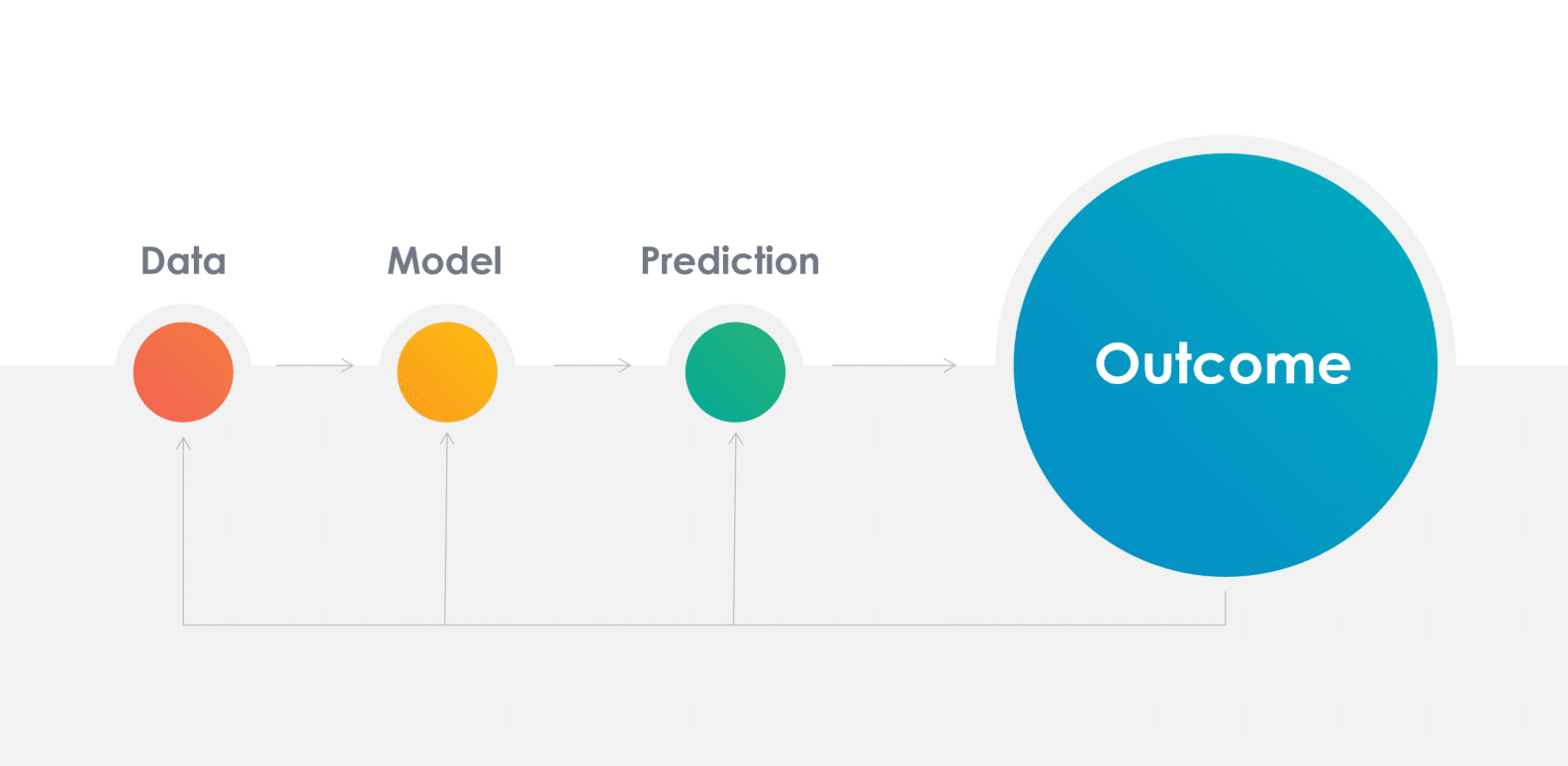
Marketers have complained of data fatigue for years. But now they’re asking: Do I have enough data? Do I have the right data? Most importantly, am I using my data to its fullest potential?
The democratization of artificial intelligence through ad tech platforms changed everything. The more data that can be processed with AI, the better it can help you understand users at the individual level and serve highly relevant ads. So no amount of data is too much if AI is in the picture.
Machine learning models are trained to find patterns from huge historical data sets—including online shopping behavior and even offline point-of-sale data—and desired historical outcomes. Then they predict the best outcome, which in this case, is the product each user wants to buy next.
The resulting ads are tailored to each individual recipient and are most likely to generate the desired outcome, whether it’s a click or a purchase. Every new outcome produces feedback for the model and improves its performance.
The beauty of AI is that this process is automated, but it’s important for marketers to understand some key elements:
AI Benefits Advertisers and Consumers
Individual-level personalization allows marketers to get the most from your data and your budgets. Machine learning models can be optimized for your objectives, and ads are designed to get the most value from your ad spend.
With AI, it’s becoming possible to achieve hyper-relevant ads for true 1:1 offers, content, and ads. AI-powered product recommendation ads help consumers discover the new products they most likely to want to buy by leveraging predictive learning models.
Understanding Hyper-Relevance: From Product Recommendations to Design
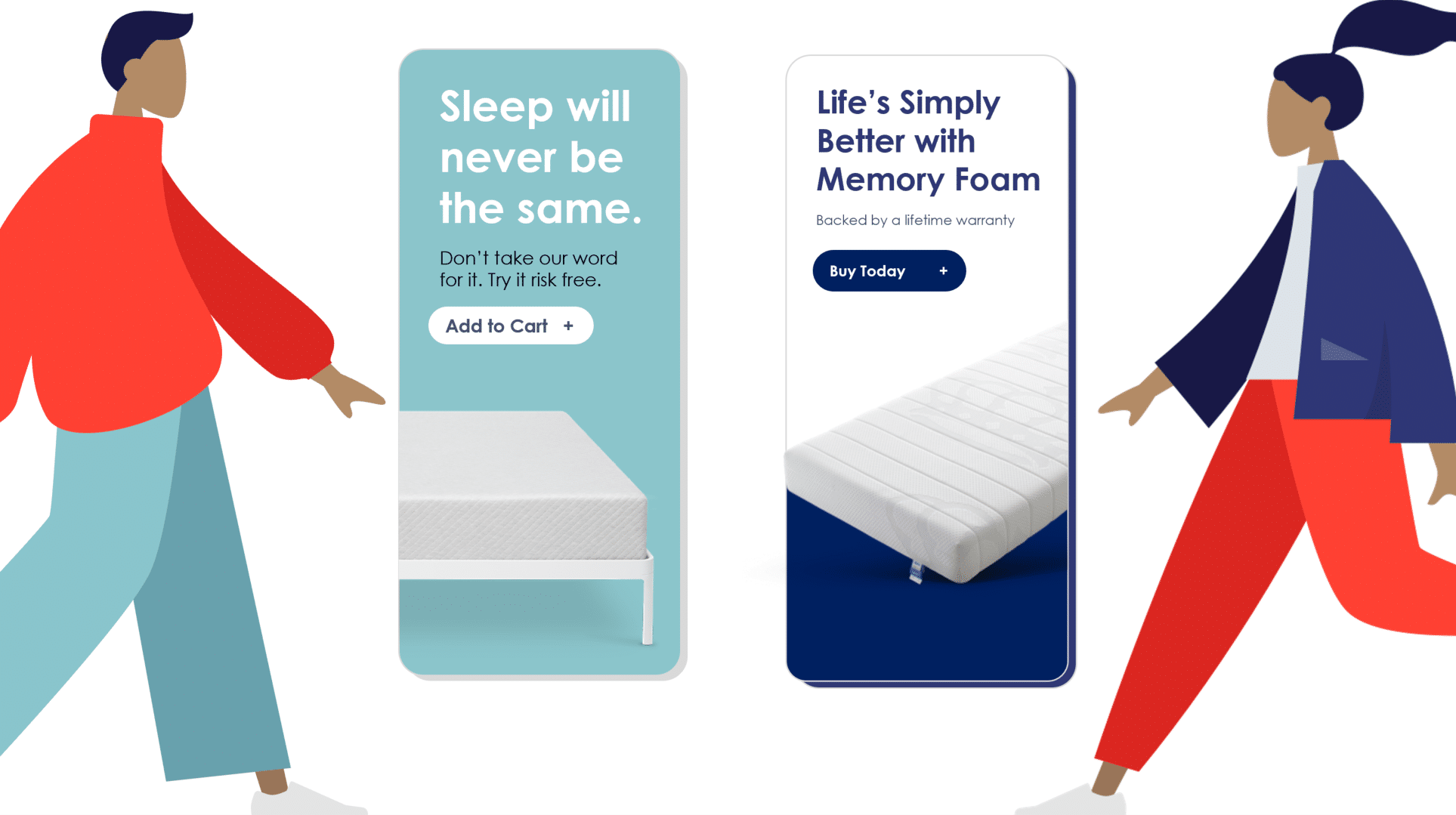
Personalized ads offer products that are most likely to interest users. Hyper-relevant ads are all about context.
You can unleash your data’s potential by using machine learning to analyze a user’s past ad interactions and browsing history and create an ad that’s the right color, the right format, and on the right channel. AI is capable of serving truly unique ads to every user.
AI is Only As Good As Your Data
All marketers want accurate data, but with such high volumes, it’s easy for low-quality data to slip through the cracks. When AI is involved, one poor source of data can multiply and have a much wider impact than when it sits in a spreadsheet.
AI will gain wider adoption in many areas of marketing this year, and data will fuel precise predictive models. It’s important to address any data quality concerns you have immediately. Work with trusted partners, and staff your organization with data analysts who can find the weak spots and sift out poor-quality data.
AI-Powered Product Recommendation Advertising: Where We Are Now
Our research from The State of Ad Tech 2019 report showed that paid display is the No. 1 most-used global ad tactic in the world. And it’s no wonder—product recommendation ads move consumers through the buyer journey and get them a step closer to converting.
But the effectiveness of product recommendation advertising depends on the sophistication of the recommendation model and the machine learning power behind the scenes.
Recommender systems are, of course, built on the concept that the more we know about a user, the better we can recommend what products that user will like and want to buy. The industry has come a long way from the earliest recommendation models, which relied on explicit feedback from the user. In other words, what mattered most was how a user ranked a product and their reported preferences, and products were interpreted at the category level.
In recent years, two things have happened that changed recommendation models:
1. Better AI
There have been remarkable advances in computing power and machine learning over the past few years, which means recommender systems can work harder and faster.
At Criteo, our AI Lab was founded to test the limits of deep learning and AI. Our goal is to build models that generate better performance for the advertiser and create great experiences for the user.
Since consumers’ expectations are always changing, that means our work in AI is never done.
2. Advanced Recommendation Models
Marketers have demanded more from recommendation systems, and the models have shifted from using explicit to implicit feedback—the difference between the products a user says they like and the products they are most likely to engage with and purchase.
Products are also interpreted beyond their category and down to the SKU level, so product recommendations can get more granular.
Our AI Lab is researching and testing recommendation models in order to reach—or someday, surpass—the point of hyper relevance.
Because of these two factors, there are new standards for product recommendation advertising. Rather than have products and product categories at the center, it’s about the customer and their own path to purchase.
Product recommendation advertising should essentially act like a personal shopper: help consumers discover the next new product that’s most relevant and useful to them in the moment. The ideal scenario is predicting what users want to buy next before users themselves know.
For advertisers, evolved recommendation models are more effective for meeting your goals and help you add value to consumers’ digital experience. Accenture Interactive found that 91% of consumers are more likely to shop with brands that recognize them across channels and give them relevant offers and recommendations.
What’s Next for Recommendation Engines? Factoring in Causality to Improve Efficiency
Smart marketers want to know, “what’s next?” and at Criteo, that’s always on our minds, too. Our AI Lab has an answer: future recommendation systems will understand the causal effects of product recommendations on the user.
Current recommendation engines rely on correlations, but thanks to AI, the next-generation systems will use not only historical user data, but also factor in the effect of each product recommendation ad served and the user’s reaction.
Using this data, algorithms will have the ability to update future recommendations in real-time for the strongest impact on the consumer. Marketers will then be able to understand if their products are actually changing the behavior of the consumers who see their ads.
Though we’re in the test phase for our causal recommendation model, our researchers believe that it will transform product recommendation advertising once again.
For the advertiser, recommendations based on causation will amp up efficiency of your ad budgets and provide richer insights into user behavior. Ultimately, it will drive more sales. Our goal is to reduce the proportion of irrelevant advertising that reaches the user, and make sure every ad closely aligns with their buyer journey.
For consumers, hyper-relevant ads generated through this new model will be more diverse and surprising. It will inspire them along their unique journey and guide them to new products they want to purchase.
Unleashing Your Data’s Potential
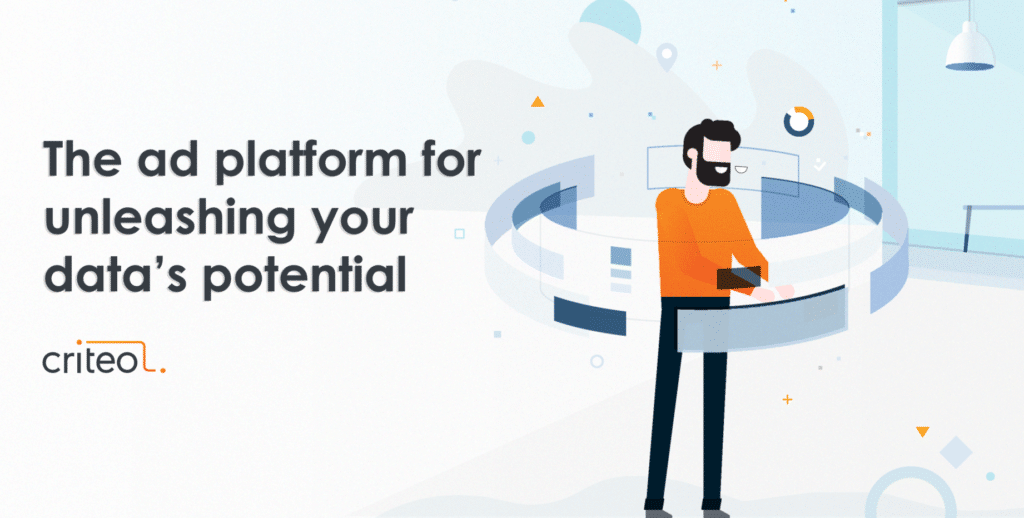
AI helps any company of any size activate their data. With an ad platform powered by advanced AI, you can compete with the biggest businesses in the world on personalization and the customer experience.
Criteo is investing $23 million over 3 years in our AI Lab to help companies unleash their data’s potential. The lab joins Criteo Research with our Machine Learning Platform Engineering team to form an organization with the engineering power to develop and integrate state-of-the-art AI research into our production systems, and innovate in ways that will evolve the industry at large.
We see a future where marketers can tap into shopper data to build hyper-relevant ads, better user experiences, and stronger customer relationships.
To learn more about the AI Lab’s research and publications, visit ailab.criteo.com, and stay tuned for more on our research in causal recommendation.







